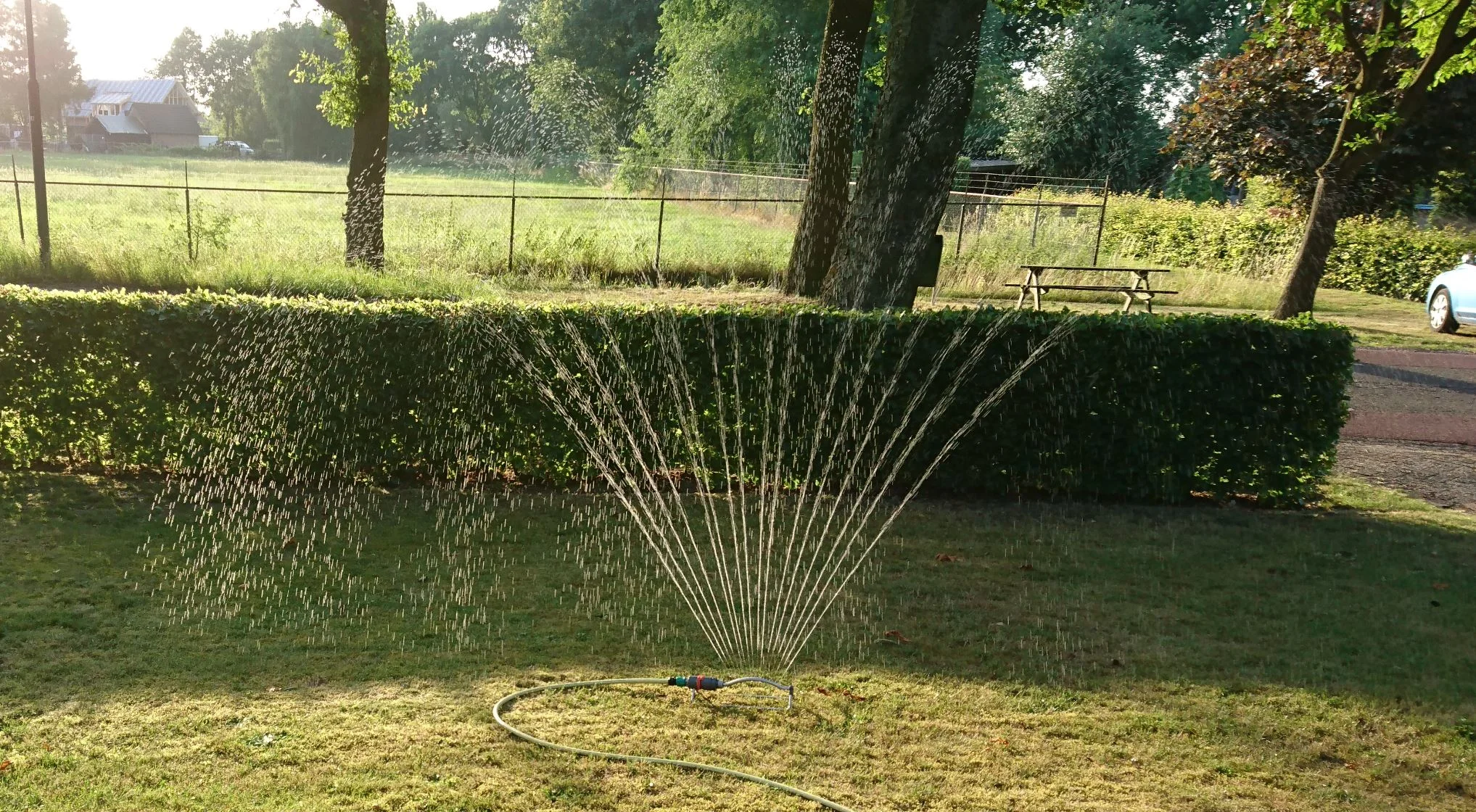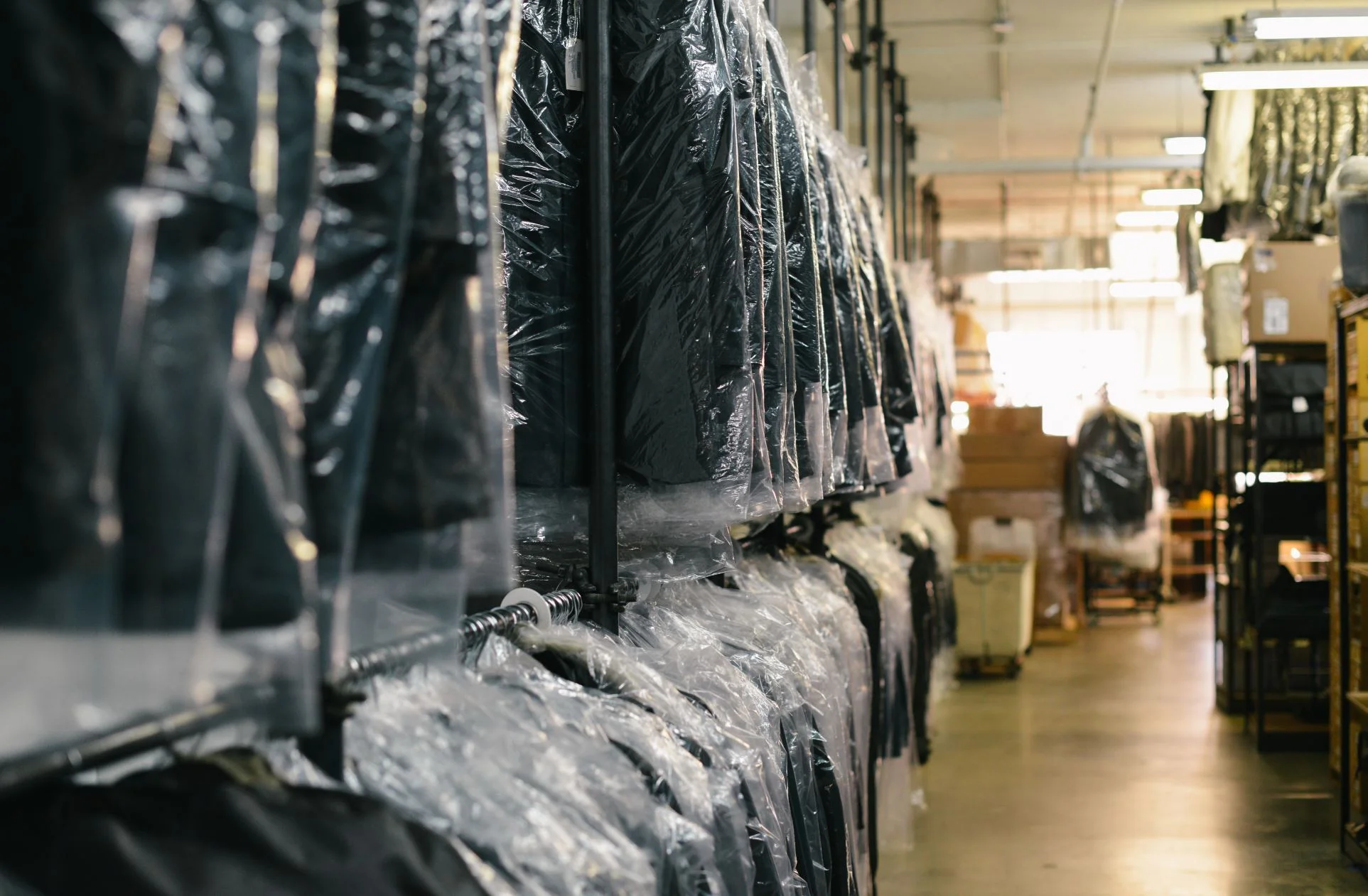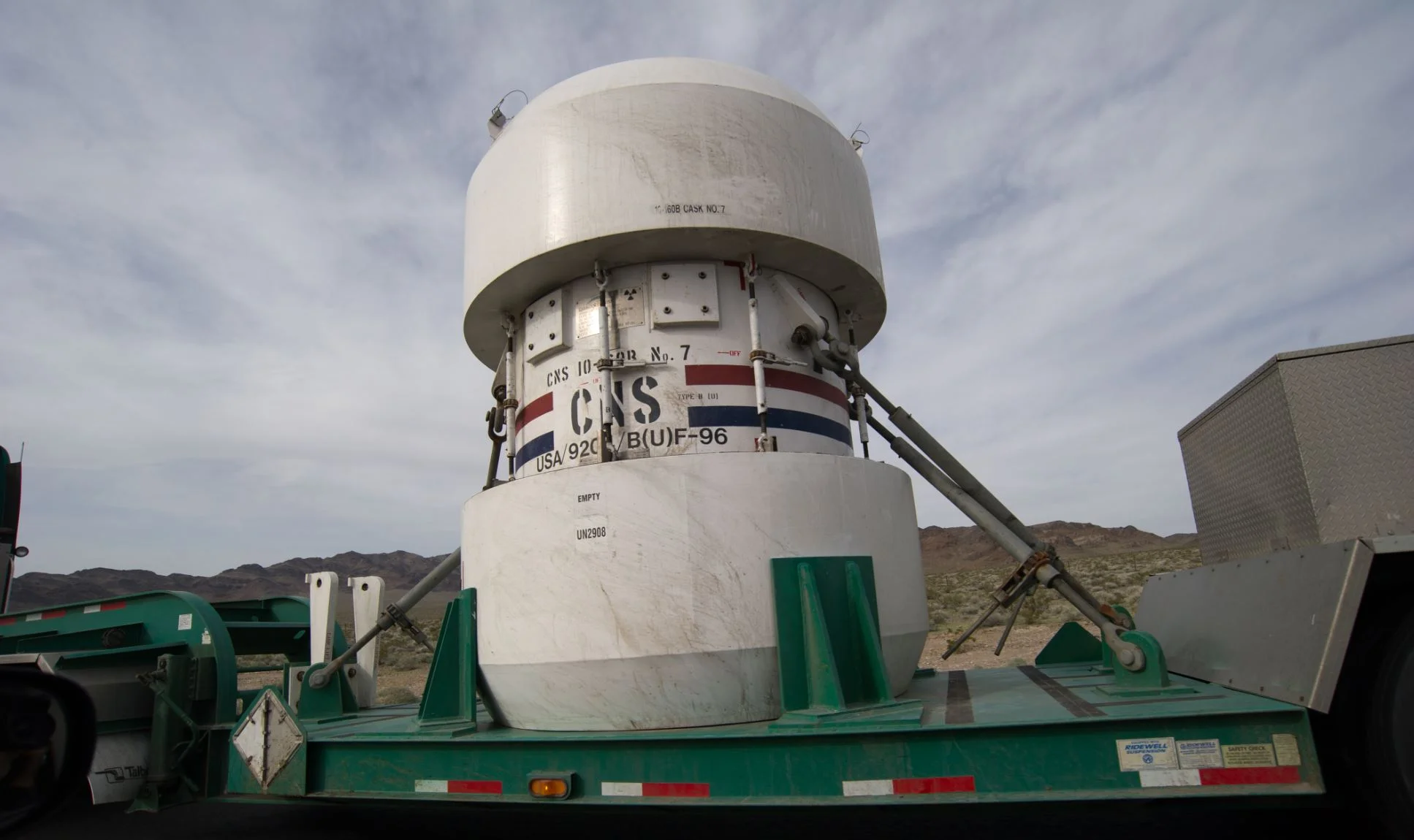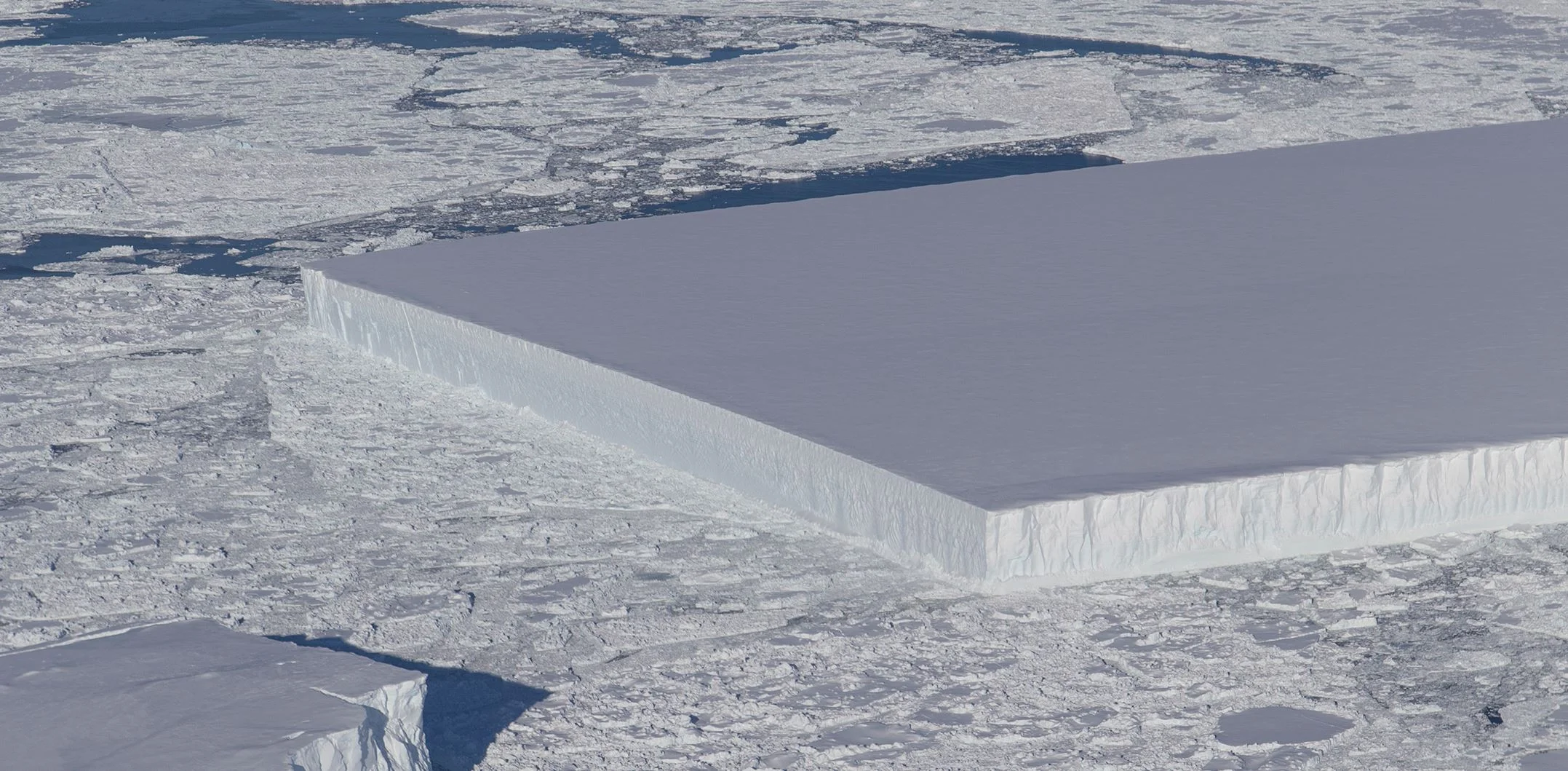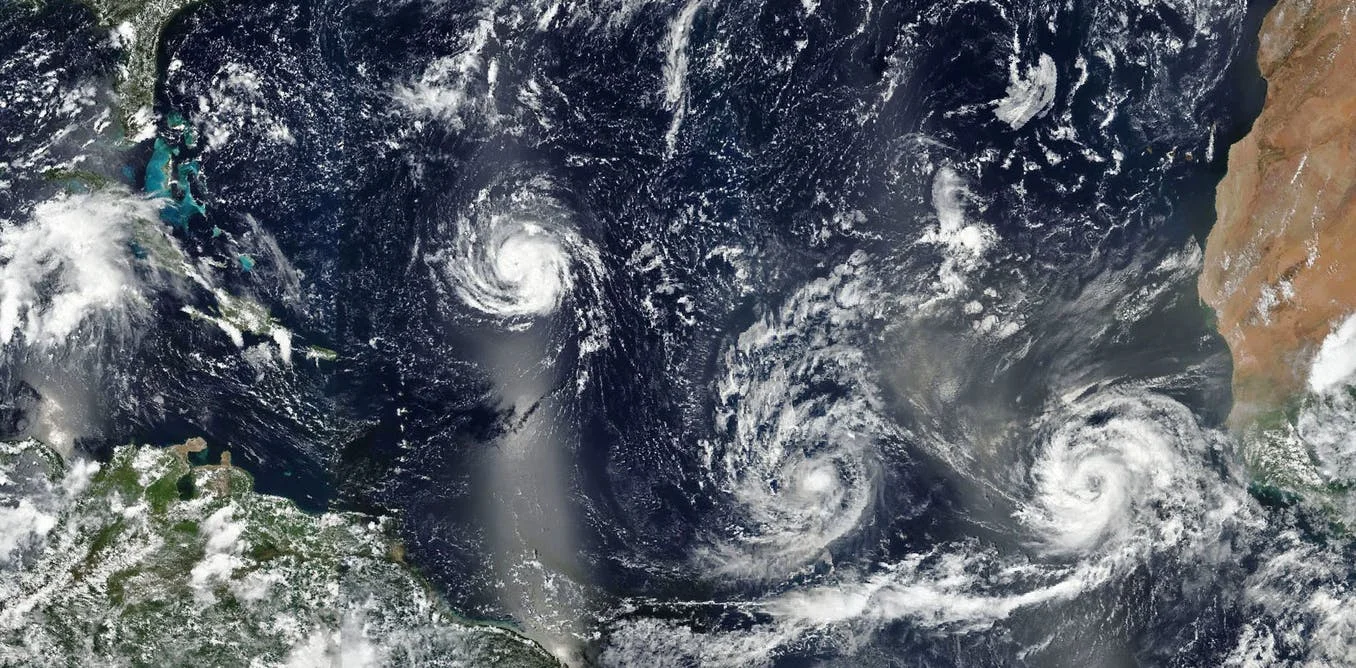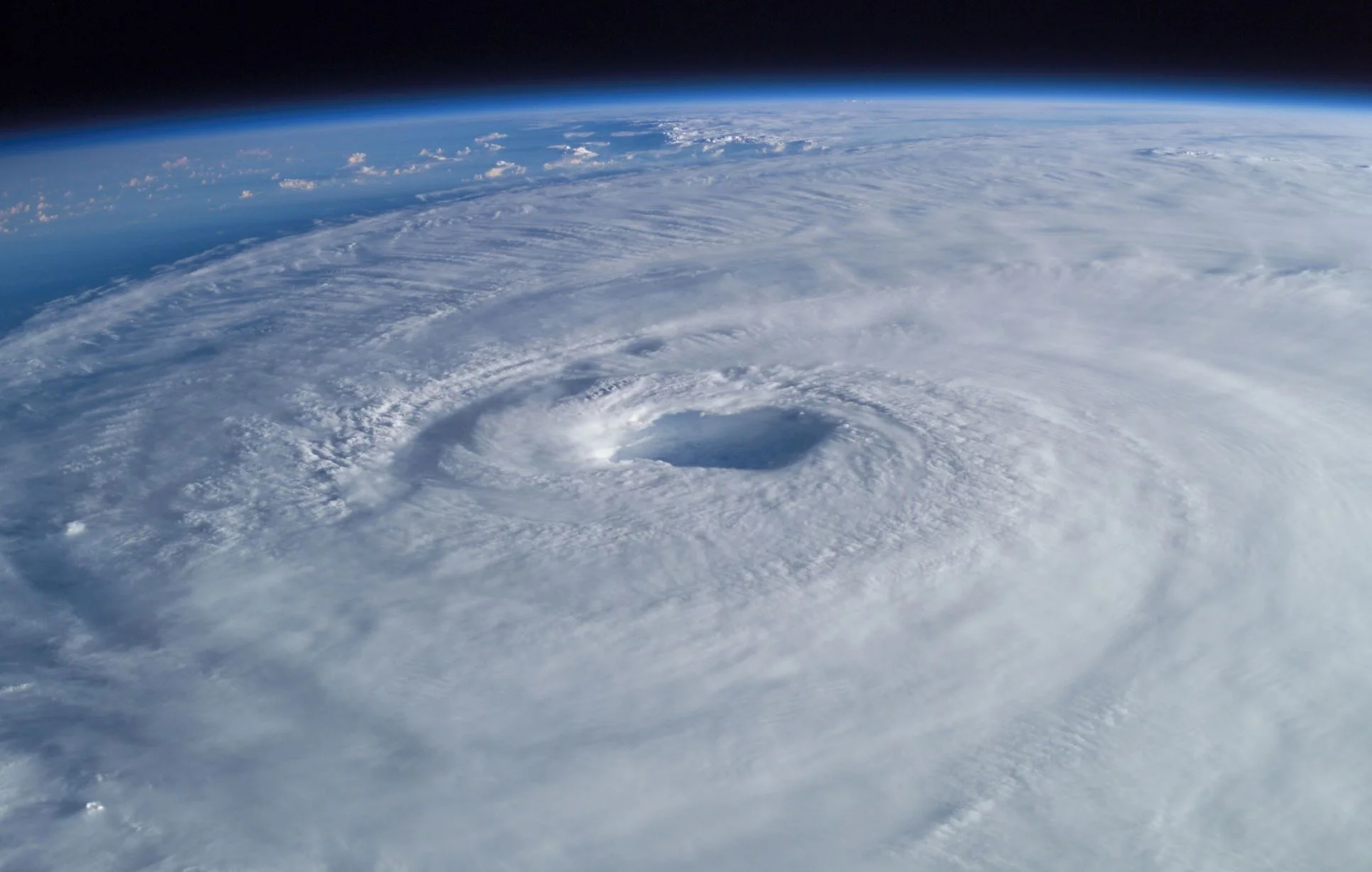If we’re serious about feeding the world’s growing population healthy food, and not ruining the planet, we need to get used to a new style of eating. This includes cutting our Western meat and sugar intakes by around 50%, and doubling the amount of nuts, fruits, vegetables and legumes we consume.
The global race for groundwater speeds up to feed agriculture’s growing needs
Britain has shifted 30% of its electricity away from fossil fuels in just nine years!
What is ‘green’ dry cleaning? A toxics expert explains
The winter holidays are a busy time for many businesses, including retail stores, grocers, liquor stores – and dry cleaners. People pull out special-occasion clothes made of silk, satin or other fabrics that don’t launder well in soap and water. Then there are all those specialty items, from stained tablecloths to ugly holiday sweaters.
Improved crops can double agricultural production, providing future generation with food and resources
Wageningen University & Research is working on a road-map to future-proof crops as part of EU-project CropBooster-P. Future crop yields will increase with optimal use of water and minerals. In addition to that nutritional value and crop quality are high on the list of targets. To feed a future population of 10 billion people and alleviate climate change these new crops need to eventually double the total world wilde food production. The great news that has been scientifically proven to be possible.
Air pollution may be making us less intelligent
Not only is air pollution bad for our lungs and heart, it turns out it could actually be making us less intelligent, too. A recent study found that in elderly people living in China, long-term exposure to air pollution may hinder cognitive performance (things like our ability to pay attention, to recall past knowledge and generate new information) in verbal and maths tests. As people age, the link between air pollution and their mental decline becomes stronger. The study also found men and less educated people were especially at risk, though the reason why is currently unknown.
80,000 tons of nuclear waste are sitting in limbo
Making Australia a renewable energy exporting superpower
Curious Kids: what would happen if the Earth’s core went cold?
The Earth’s core is cooling down very slowly over time. One day, when the core has completely cooled and become solid, it will have a huge impact on the whole planet. Scientists think that when that happens, Earth might be a bit like Mars, with a very thin atmosphere and no more volcanoes or earthquakes. Then it would be very difficult for life to survive – but that won’t be a problem for several billions of years
No Safety Driver Here—Volvo’s Driverless Truck Cuts the Cab
Each time there’s a headline about driverless trucking technology, another piece is taken out of the old equation. First, an Uber/Otto truck’s safety driver went hands-off once the truck reached the highway (and said truck successfully delivered its valuable cargo of 50,000 beers). Then, Starsky Robotics announced its trucks would start making autonomous deliveries without a human in the vehicle at all.
What planet Earth might look like when the next supercontinent forms – four scenarios
The outer layer of the Earth, the solid crust we walk on, is made up of broken pieces, much like the shell of a broken egg. These pieces, the tectontic plates, move around the planet at speeds of a few centimetres per year. Every so often they come together and combine into a supercontinent, which remains for a few hundred million years before breaking up. The plates then disperse or scatter and move away from each other, until they eventually – after another 400-600 million years – come back together again.
How a near-perfect rectangular iceberg formed
Explosive lies: how volcanoes can lie about their age, and what it means for us
2018 Arctic Summertime Sea Ice Minimum Extent Tied for Sixth Lowest on Record
Arctic sea ice likely reached its 2018 lowest extent on Sept. 19 and again on Sept. 23, according to NASA and the NASA-supported National Snow and Ice Data Center (NSIDC) at the University of Colorado Boulder. Analysis of satellite data by NSIDC and NASA showed that, at 1.77 million square miles (4.59 million square kilometers), 2018 effectively tied with 2008 and 2010 for the sixth lowest summertime minimum extent in the satellite record.
NASA Balloon Mission Captures Electric Blue Clouds
On the cusp of our atmosphere live a thin group of seasonal electric blue clouds. Forming 50 miles above the poles in summer, these clouds are known as noctilucent clouds or polar mesospheric clouds — PMCs. A recent NASA long-duration balloon mission observed these clouds over the course of five days at their home in the mesosphere. The resulting photos, which scientists have just begun to analyze, will help us better understand turbulence in the atmosphere, as well as in oceans, lakes and other planetary atmospheres, and may even improve weather forecasting.
Microplastics are getting into mosquitoes and contaminating new food chains
Rogue hurricanes that head northwards may be new normal
Shortly after Hurricane Helene formed off the coast of West Africa on September 7, it did something unusual. Instead of following most hurricanes westward across the Atlantic, Helene turned north towards the UK and Ireland. Now downgraded to an “ex-hurricane”, Storm Helene is nonetheless expected to bring strong winds across much of England and Wales when it hits on September 17.


